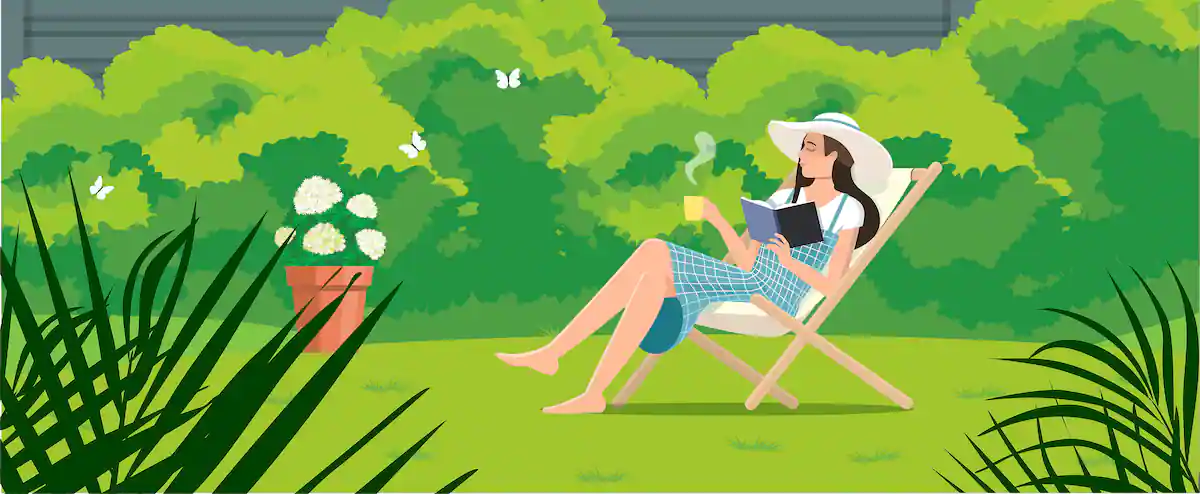I live in town in a duplex, my neighbor and I had to resolve to start the process to cut down the 30-year-old tree that sits at the back of the yard. In a week it would be done.
It is not the most desirable species, some even compare it to weeds because of its ability to grow in the cracks of the sidewalk. He had to be condemned for me to find out about him and learn his name: maple negundo (or maple in Giguère), very common in Quebec.
It exceeds the height of the building and its foliage (now sparse) created a green wall on the second floor, south-west side. At the end of the day, with the rays of the sun and a bit of wind, the whole offered a soothing “sound and light” show. His disappearance will cause a huge hole. It was not without sadness that we received the diagnosis from a forest engineer: advanced and irreversible dieback.
“You know that trees can increase the value of a property by 15%? the engineer throws at me.
I decided to explore the question.
The qualities of trees
There is not enough space here to explain all the virtues of trees, particularly in the city. I’ll just point out the obvious ones here: they create shade, they reduce heat, they improve air quality, they drain the soil, they block noise and wind, they hide the view of neighbors and they attract wildlife.
Add to that the most important thing: it’s beautiful.
If I were to market a machine that promised all that, and that might actually produce some fruit, you’d probably be willing to pay dearly for a copy.
What about a tree? It depends on the context.
The environment
In addition to the qualities I have just mentioned, what gives trees their value is also that they take time to grow. For them to be majestic, 15 to 20 years are necessary, more even depending on the species.
Real estate brokers, even if they are reluctant to assign a value to a tree, will not fail to point out the presence of mature specimens in the vicinity of a house for sale.
Like our forest engineer, studies show that the presence of trees can increase the value of a property by up to 20%.
The financial contribution of the tree will be lower on a house located in a forest environment than in an urban context where the density of the canopy is lower.
Everyone probably prefers the presence of vegetation, but the value attributed to it depends on a set of factors, including the socioeconomic conditions of the households that settle in a neighborhood.
Greenery is also part of a set of characteristics that make up the environment: proximity to services, schools, security, etc. The weighting of each of the elements in the value of the property varies according to the context.
And then there is the real estate market itself. We are perhaps less attentive to the presence of plants when houses for sale are scarce.
It all seems relative, but that’s how real estate works. It’s all about comparisons. A well-located mature tree will always provide an advantage.
As far as I am concerned, the disappearance of the maple tree in Giguère will probably have little or no impact on the financial value of our property. Mourning will be no less important.
THE COST OF A TREE
- There are not only advantages to trees. The end of life of our boxwood maple will cause expenses of nearly $2,500 (expertise, dismantling of a fence, permit from the City, felling and stump removal).
- In good health, our tree required regular pruning. In front of the building, an ash tree, owned by the municipality, requires treatment against the emerald ash borer. It is not at our expense, but its leaves and seeds accumulate in our gutters, which must be cleaned.
- That does not prevent us from providing a replacement in the backyard; moreover, it is an obligation. We hesitate a lot on the choice of gasoline. We thought of a serviceberry, but the fruit shrub protects less from the heat (I live upstairs). A February? I have to convince the neighbor who thinks it’s big. Suggestions ?
